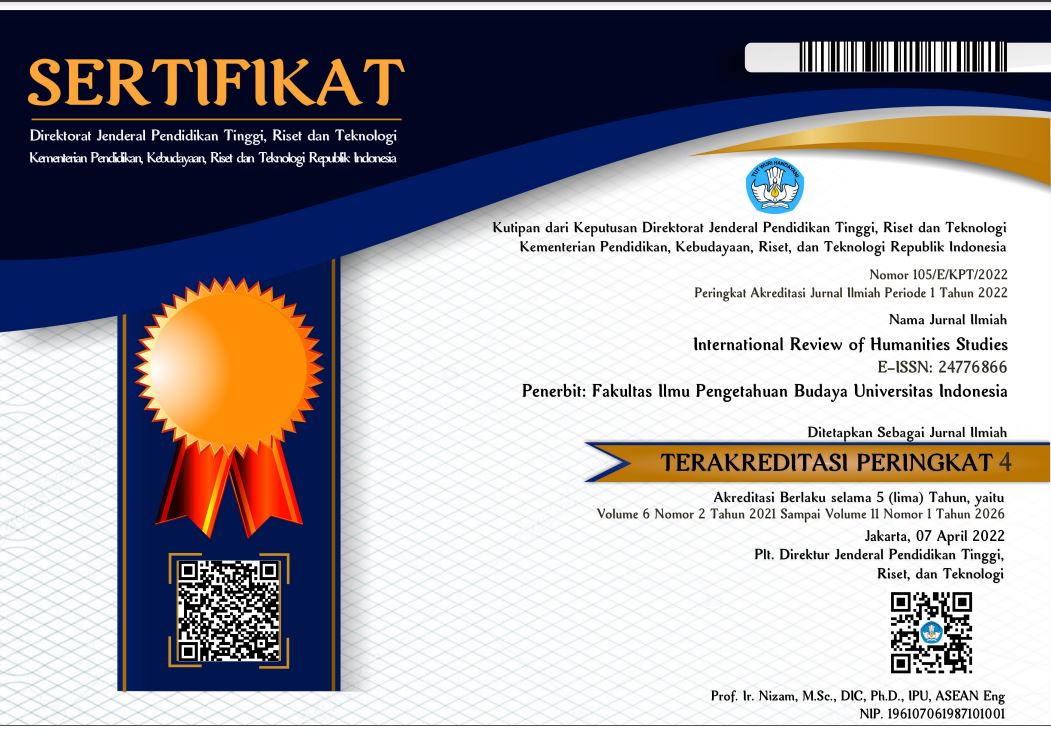International Review of Humanities Studies

Abstract
This article discussed street art in Cairo after the Arab Spring ( العربي الربيع( . Revolution took place on Januari 25. 2011 when Egypt was led by the Supreme Council of the Armed Forces (SCAF). This paper was aimed at elaborating how street art in Cairo served as a means of political resistance employed to resist SCAF military government. This study employed a descriptive-qualitative method, Jenkins’s (2009) participatory culture theory and Peteet’s (1996) art as a means of political resistance. This study found out that, in general, street art or graffiti in Cairo during SCAF military government era emerged in the forms of stencil and mural works. In that era, street art served as a means of political resistance employed for various purposes such as criticizing the regime, telling stories of what was going on, depicting violence and murders committed by the security forces, commemorating martyrs of the revolution and telling stories of struggle, oppression and sexual harassment towards Egyptian women, Street art offered opportunities to the community to participate there so as to express their aspirations and make Cairo’s streets and walls public space for ‘a participatory culture’. Graffiti or street art found in Cairo served as a means of political resistance. Most of the murals on the walls depicted chaotic situations of that era, commemorated events and martyrs of the revolution, and commented on the social and political situations sharply.
Recommended Citation
Hamzah, Sarahmadhani Baiquni Suardi and Letmiros, Letmiros
(2021)
"STREET ART IN CAIRO AS A MEANS OF POLITICAL RESISTANCE EMPLOYED TO RESIST EGYPT’S MILITARY GOVERNMENT (2011-2012),"
International Review of Humanities Studies: Vol. 6:
No.
2, Article 1.
Available at:
https://scholarhub.ui.ac.id/irhs/vol6/iss2/1


